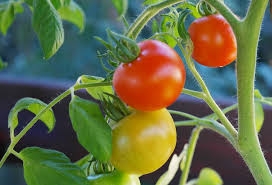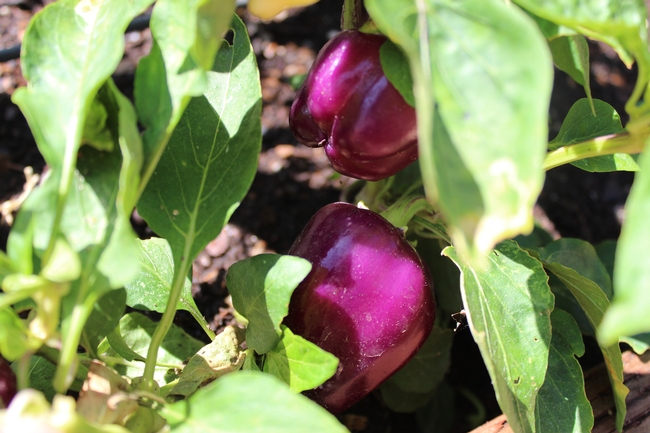- Author: Ed Perry

Hybrid
Most of the dependable varieties of vegetables that you grow in your garden are from hybrid seeds that were developed to improve the yield, quality, and dependability of crops. However, along with these advantages, the opportunity to grow seeds at home was lost because hybrid seed must be grown under very special conditions not found in most home gardens.

Hybrid seeds result from crosses between parent plants that are unlike. These crosses bring together the desirable characteristics of the parents, and allow you to grow better quality vegetables. However, any seed you save from hybrid plants and grow the next season will produce plants and fruits that have unknown and usually unfavorable characteristics. If you want to grow hybrids, the only solution is to purchase new hybrid seeds each season.
Open pollinated from plants that cross with other kinds of plants
A number of vegetable crops, including corn, squash and melons, cross-pollinate in your garden. In order to grow genetically sound seed from these crops, you must plant them at a considerable distance from similar plants. The distance varies for different crops, but ranges from several hundred feet to a quarter of a mile. Saving seeds from this group of vegetables is likely to give you disappointing results, unless you enjoy growing odd vegetables.
Open pollinated from plants that do not cross with other kinds of plants
Examples are tomatoes (non-hybrids), peas, beans, peppers and eggplant. You may save satisfactory seed from these crops from one year to the next for several years. However, even with these crops, a little genetic change takes place from year to year, so it's a good idea to get new seed every three to four years.

